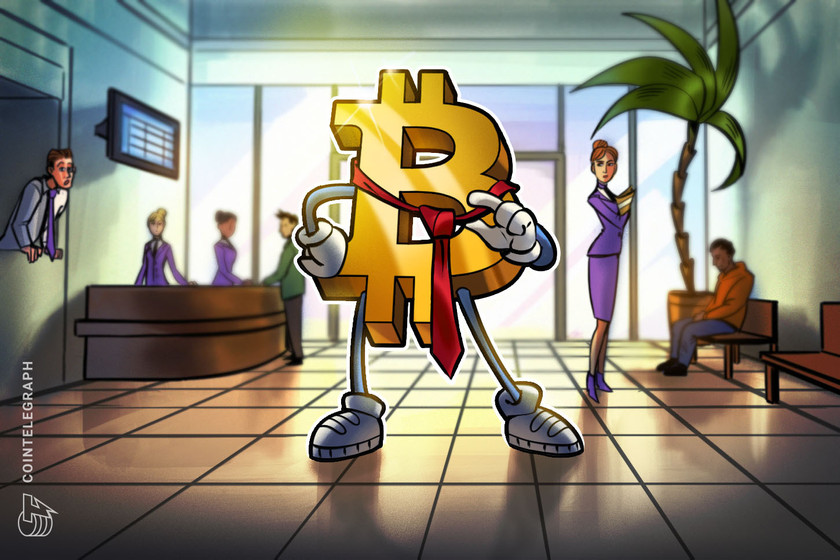Are cryptocurrency wages an idea whose time has come? Maybe not. It’s one thing, after all, to dabble in Bitcoin (BTC) with one’s excess cash and quite another to take a significant portion of one’s salary in BTC.
Moreover, there are often tax and custody questions about crypto, as well as concerns about price volatility. There’s the matter, too, that few actual items and services can be purchased at present with cryptocurrencies.
It’s not surprising, then, that aside from some celebrity athletes like Tom Brady and Aaron Rodgers and some high-profile big-city United States mayors, relatively few people outside the cryptoverse appear to have embraced this next step in crypto adoption.
It’s in that context that one has to evaluate NYDIG’s recent announcement of a “partnership” with the New York Yankees baseball team that will allow players and other employees “to convert a portion of their paycheck to bitcoin via the NYDIG platform.” Is this the start of something new, given that it comes on the heels of a harsh crypto winter? Or is it just another public relations stunt, jumping on the bandwagon already established by professional U.S. football and basketball players?
Interestingly enough, NYDIG offered some hints that Bitcoin salaries could actually become a secular trend above and beyond recent headline cases, especially among younger workers. According to its press release:
“NYDIG research shows that 36% of employees under 30 said they would be interested in allocating a portion of their pay to bitcoin. Nearly 1 in 3 of those employees said that when choosing between two identical jobs at different employers, they would choose an employer that helped them get paid in Bitcoin.”
NYDIG isn’t alone in identifying Millennials and especially Gen Zers as prime candidates to take crypto salaries to the next level. Indeed, one global hiring firm’s recent analysis of 100,000-plus employee contracts suggested that crypto wages appear to be on the rise, particularly among “borderless” remote workers, and especially residents of certain high-inflation regions or those with shaky banking systems, such as Latin America.
Others have suggested, too, that employee demand for a portion of one’s regular wage in cryptocurrencies or stablecoins may be impervious to market fluctuations in the price of Bitcoin and other cryptocurrencies, though that sometimes seems hard to believe.
Younger generations are still keen
To this last point: In…
Click Here to Read the Full Original Article at Cointelegraph.com News…
























